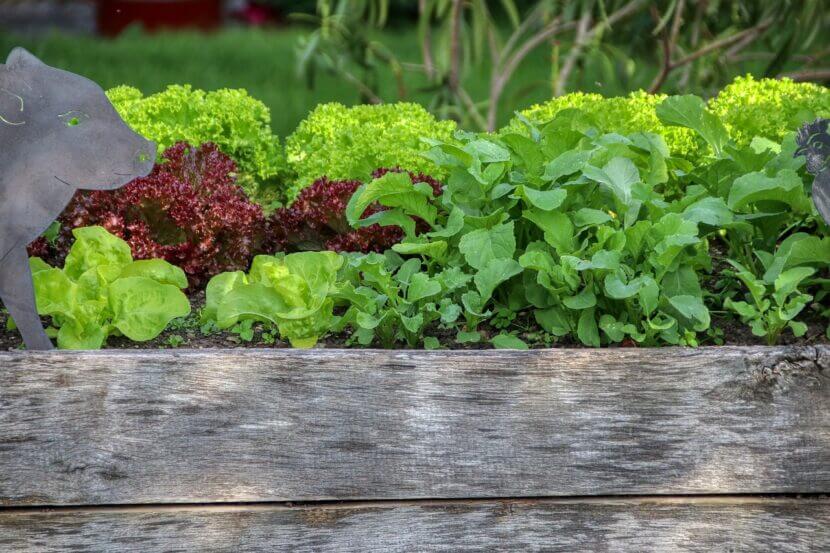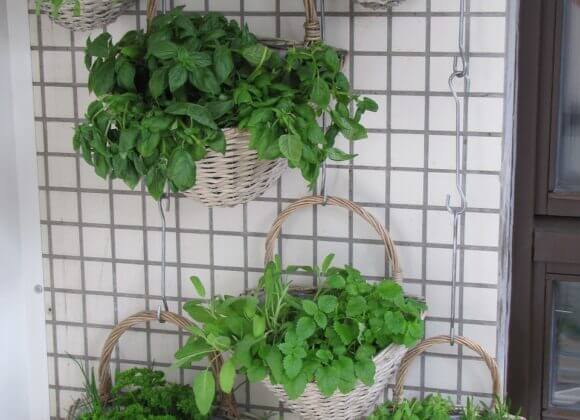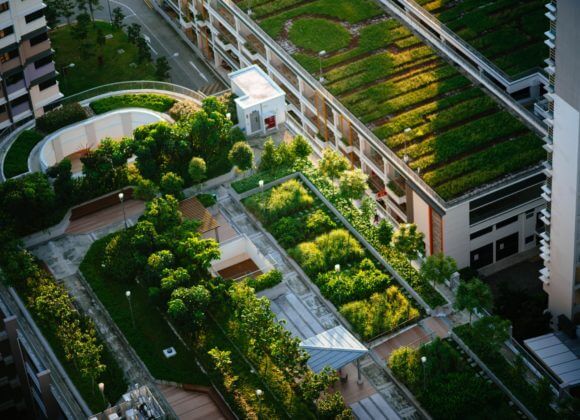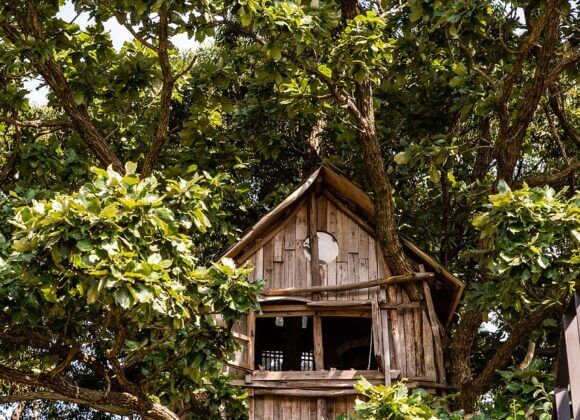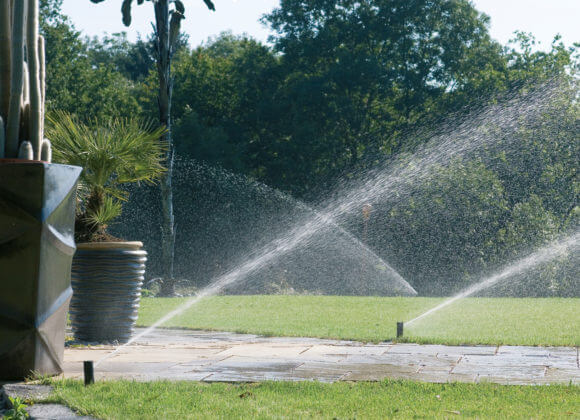Raised bed: How do I set it up correctly?
The most beautiful time of the year is slowly beginning for gardening enthusiasts. Namely, the one in which they can sow or plant vegetables, herbs and co. in the beds with a lot of passion and creativity. Raised beds are also becoming increasingly popular – if only because of the raised cultivation area, which is easy on the back. Depending on its size, it will fit in the garden as well as on a balcony or terrace. Eva Mayer from the tree nursery of the same name in Salzburg explains what you need to look out for.
Wood, plastic, aluminum and co – which material is suitable for a raised bed?
“Ideally wood or aluminum. But stones laid in the form of a dry stone wall would also be suitable for a raised bed due to their heat storage capacity.”
What dimensions, especially what height, are optimal?
“In principle, you should plan for a height of around one meter in terms of size,” advises Eva Mayer. When it comes to dimensions, of course, you have to make do with the space available, but if there is enough space – in a garden, for example – the expert recommends a size of 2×1 meters. You should also “choose a sunny location. The base area must be level, and gravel or grass would be ideal.” Note: If the raised bed is under a canopy, it must be watered more often.
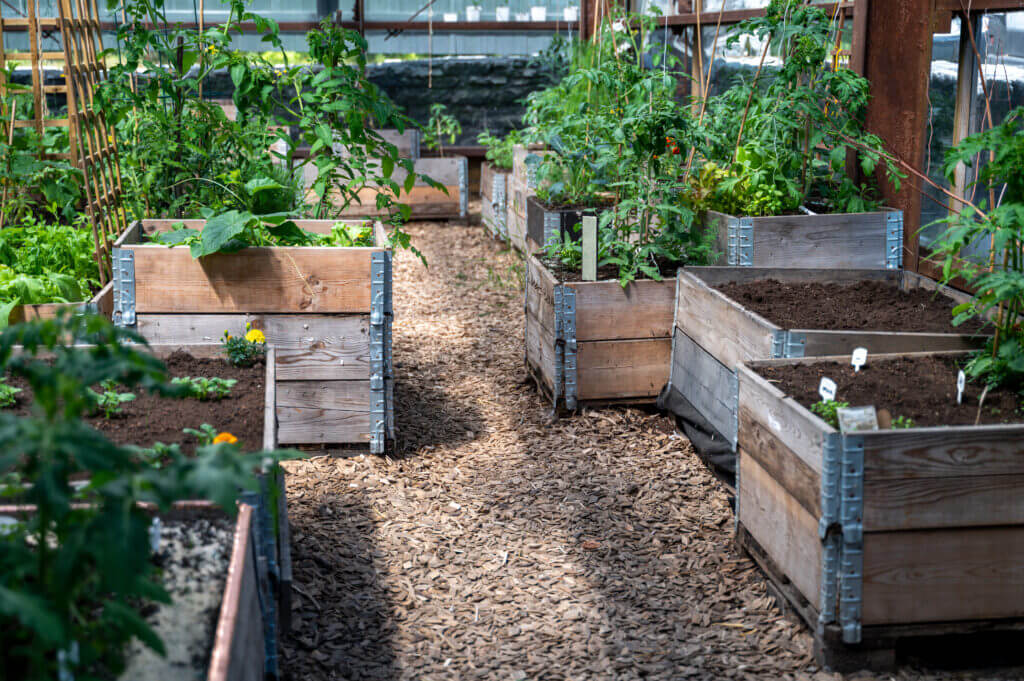
How do I fill a raised bed?
Mayer: “A galvanized grid is recommended at the bottom to make it harder for voles to get in. Twigs, branches, leaves, moss, garden waste, etc. can be used as the first layer, the second layer should be around 30 centimetres high with peat moss. Sprinkle a large bag of horn shavings on top. The third layer is filled with normal garden soil, on top of which comes the final germination soil for vegetables and herbs.” A raised bed should be refilled every four or five years.
How can I tell if the raised bed is too wet or too dry?
Mayer: “You have to water regularly when germinating seeds, otherwise only during dry spells in summer.” As a general rule, do not use a watering can again until the top layer of soil has dried out. Do not water when the soil is still wet to the touch. However, the root ball must not be allowed to dry out. Here Mayer recommends the finger test: it is best to stick your finger two or three centimeters deep into the soil to see how moist the soil still is. This finger test helps you to get a feel for the thirst of the plants.
Which plants are suitable for a raised bed?
There are virtually no limits to creativity here. The expert recommends vegetables, fruit, herbs, tomatoes and small mini fruit trees, as well as flowers that can be eaten.
Are there any plants, especially herbs, that I should not place next to each other?
Mayer: “Chives and parsley should not be planted directly next to each other, as the chives have unpleasant vapors from the roots and the parsley cannot tolerate them.” The good news: “All other herbs get along!”
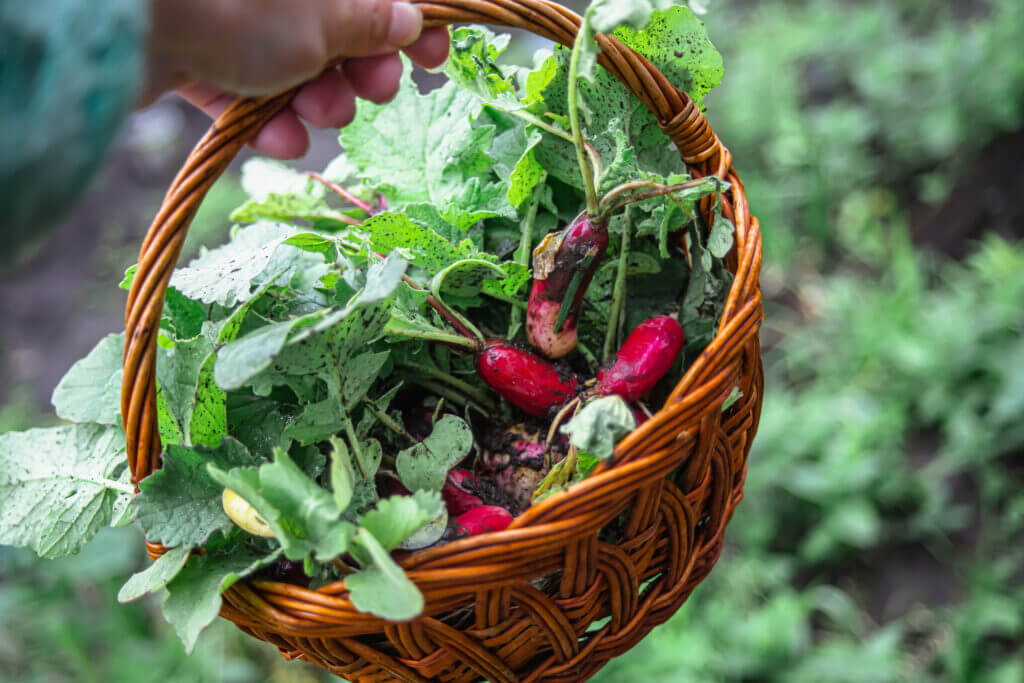
The planting calendar
Raised beds also have the advantage that, unlike normal garden beds, you can start planting a little earlier due to the natural heat development. You can really get started from March/April, and if you are worried about frost, it is worth covering the raised bed.
Here are a few tips on when you can put what in the raised bed:
March/April: parsley, lettuce, radish, radish, rocket, spinach
Late April: spring onion, leek, onion
May: eggplants, cucumbers, peppers, tomatoes, zucchinis
June: cauliflower, broccoli, kohlrabi, carrots
August: endive, cabbage, radicchio, fall salads
September/October: rocket, celery
Ideally, you should plant vegetables and herbs in rows – this way, your raised bed will not only be a culinary delight, but also a visual one.
Related posts:


